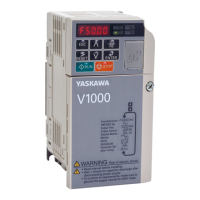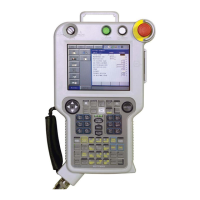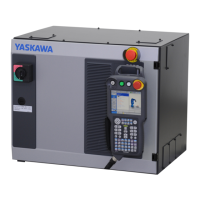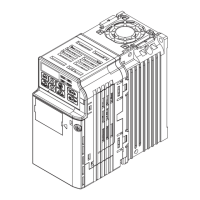What causes a YASKAWA Media Converter to display Power Supply Undervoltage?
- DDeborah CallahanSep 4, 2025
The YASKAWA Media Converter shows a Power Supply Undervoltage error if the input power supply voltage drops to or below the Input Power Supply Undervoltage Detection Level (L2-21).














